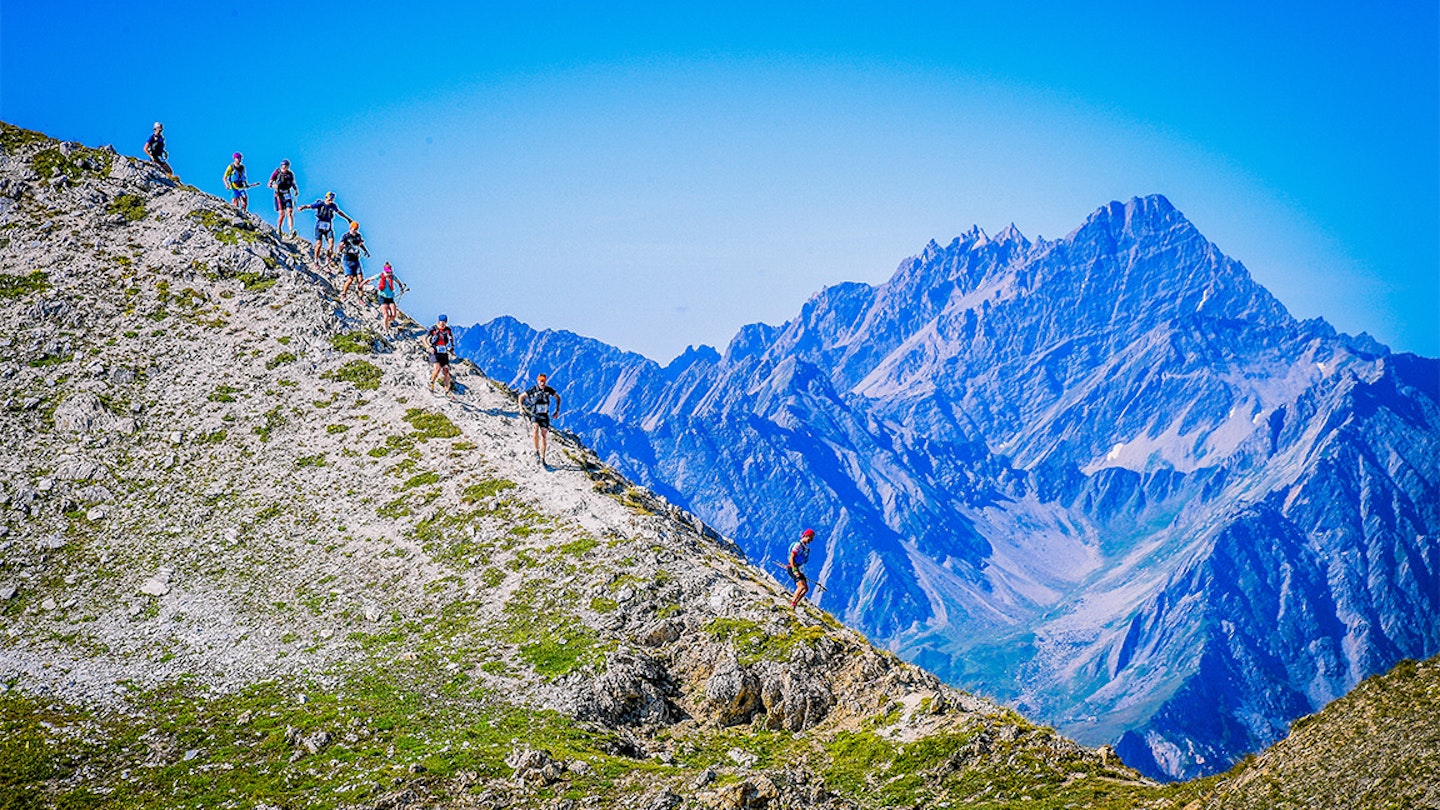The Ultra Trail de Mont Blanc (UTMB) is a highly competitive ultra marathon race that circles the Mont Blanc massif, crossing through the French, Italian and Swiss Alps. Widely regarded as the pinnacle of competitive ultra trail running, each year the world’s best trail and mountain runners flock to the French alpine town of Chamonix to take part.
Now a World Series, the week-long UTMB running festival is set to commence this year from 28 August to 2 September. Eight races will take place, with three headliners that’ll see the best ultra runners in the world push themselves to their limits for the accolade of having completed the challenging routes. While the pointy end of the race promises an inspiring battle between elites for a place on the podium.
What is the UTMB?
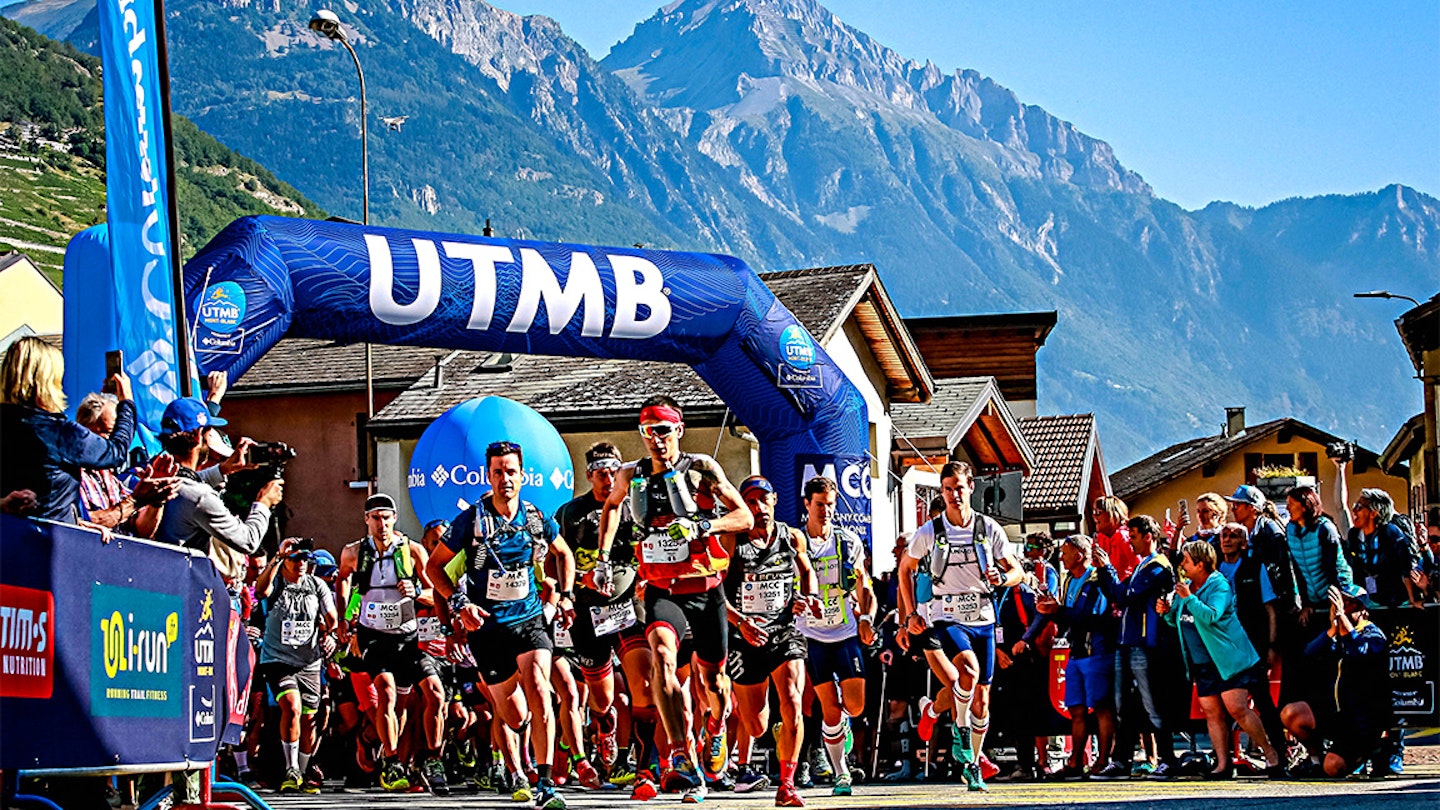
The UTMB, officially known as UTMB World Series Finals, refers to the final and most well-known race of the ultra trail series. It follows the popular Tour du Mont Blanc circular route around the titular mountain, spanning a total distance of 171km and elevation of over 10,000m.
This year’s extra special as it marks the 20th anniversary of the first-ever UTMB race held back in 2003. Before this time, the circuit was organised by a local club as a relay of seven runners. The event was considered a symbol of friendship between the three nations of France, Switzerland and Italy. Once the running of the event was handed over to the Poletti family, the initial few years saw it rocket to popularity, so much so that from 2009 entry requirements were put in place.
These days, over 30,000 race entries are received for the headline events, hence the addition of other race distances in an attempt to offer more athletes the chance to take part. Keep reading for a full breakdown of the eight UTMB races on the roster across race week.
The UTMB race route

As previously mentioned, the UTMB race route follows the Tour du Mont Blanc hiking trail that circuits the mountain. It covers 15 checkpoints, five of which with assistance permitted, and three major aid stations with hot food.
Setting off from Chamonix in the Haute-Savoie region of the French Alps (altitude 1044m), runners will commence the loop by the first summit of the race, the Col de Voza, where they’ll enjoy their first of many panoramic views of Mont Blanc and the Bionnassay glacier.
The first 31km of the race to Contamines contains over 1580m elevation, over wide trails and roads with little technical sections. From there onto Courmayeur in Italy, the race’s ‘half-way point’ is another 50km and +3019m, this section involves four cols of over 2400m altitude in remote and technical stretches. This part of the race has the highest altitude and steepest descent of the race.
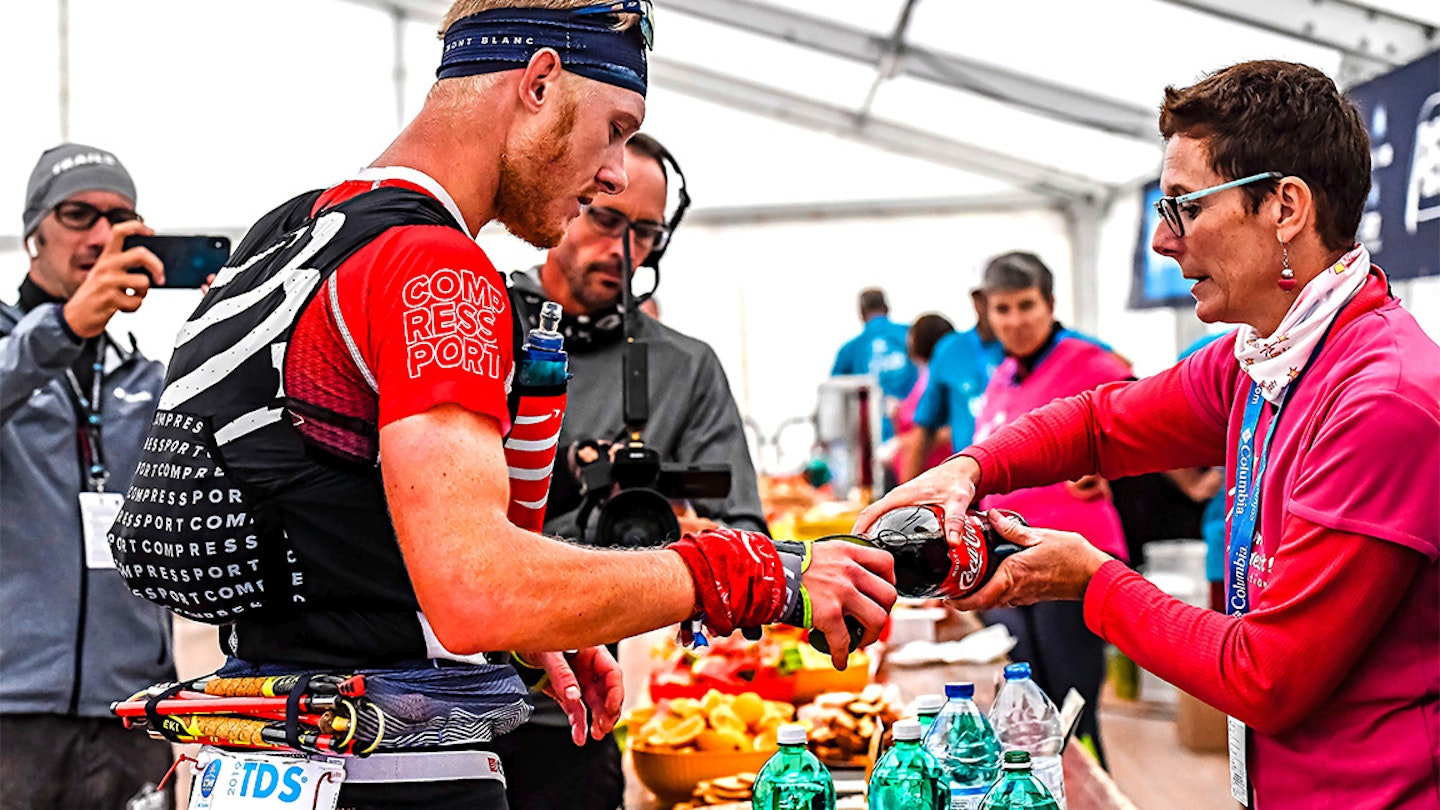
Another 45.4km and +2720m covered takes runners across the border into Switzerland and the big aid station at Champex-Lac. It includes the ascent of the Grand Col Ferret, the subsequent descent of which stretches 20km over difficult terrain.
The final 27.9km and +2741m back into Chamonix takes no prisoners, with three big climbs and descents to look forward to. At this late stage of the race, many runners will be heading into their second night and will be feeling every twist, turn and undulation of the mountainous trail. Of course, much of this final section will be taken at a speed-hike rather than run.
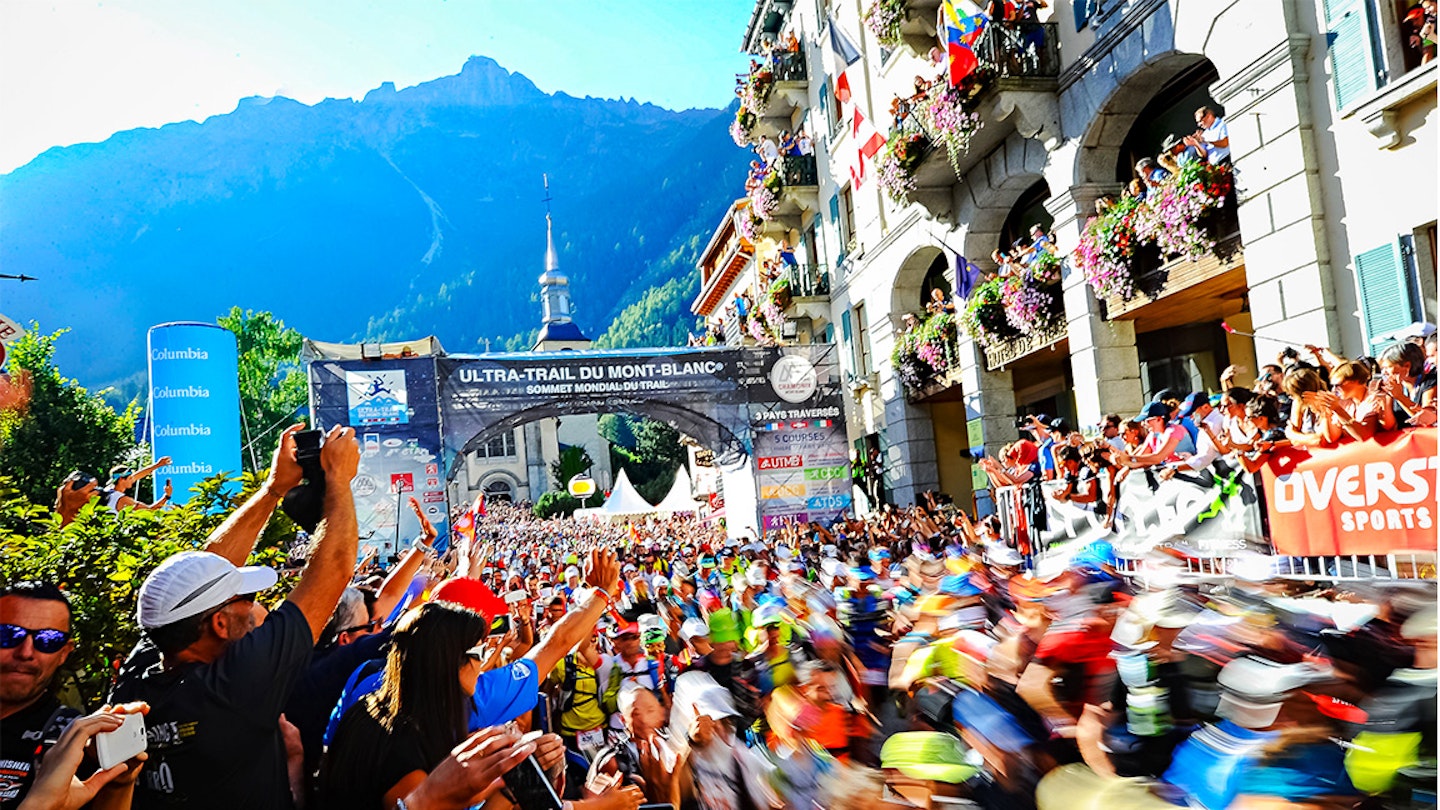
The UTMB climate and conditions
Despite this, runners report over 50km of the route to be runnable and non-technical, which is quite rare for a race of this length in the mountains. The average altitude of the course is 1740m, at which point runners will certainly be feeling the effects on their performance and effort levels, which is why it’s so important to experience similar high alpine conditions in training.
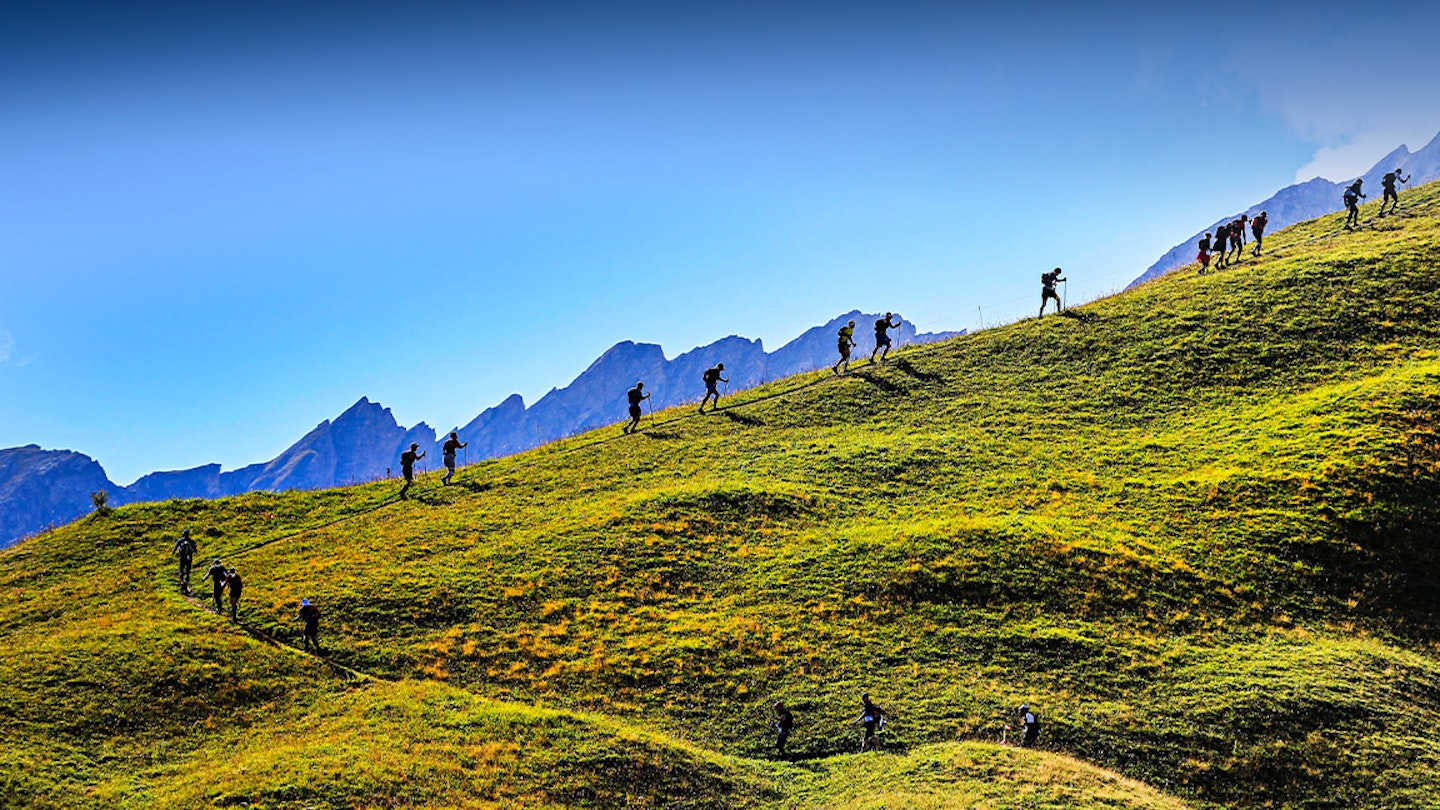
Depending on the year, the race can vary hugely in terms of weather profile and temperature, ranging from -5°C in the high mountains, to 35°C at times when the sun makes its appearance. The Alps pose a higher risk of sunstroke, sunburn, exposure to wind and cold than other areas, and conditions are also very changeable. The varied conditions are why certain ultra running kit safety items are mandatory to carry at all times during the race, and race directors have the authority to call off the event completely on safety grounds if necessary.
The UTMB course records

How long it takes to run the UTMB varies greatly. While most runners complete the race in between 34-46h on average, the leading elites will aim to finish under 25h. The current men’s course record was set by illustrious skyrunner and ultra runner Kilian Jornet in 2022 with a time of 19:49:30. Catalan-born Jornet also holds the record for the FKT ascent and descent of Mont Blanc in a time of 4:57:34, as well as the speed record for Mount Everest.
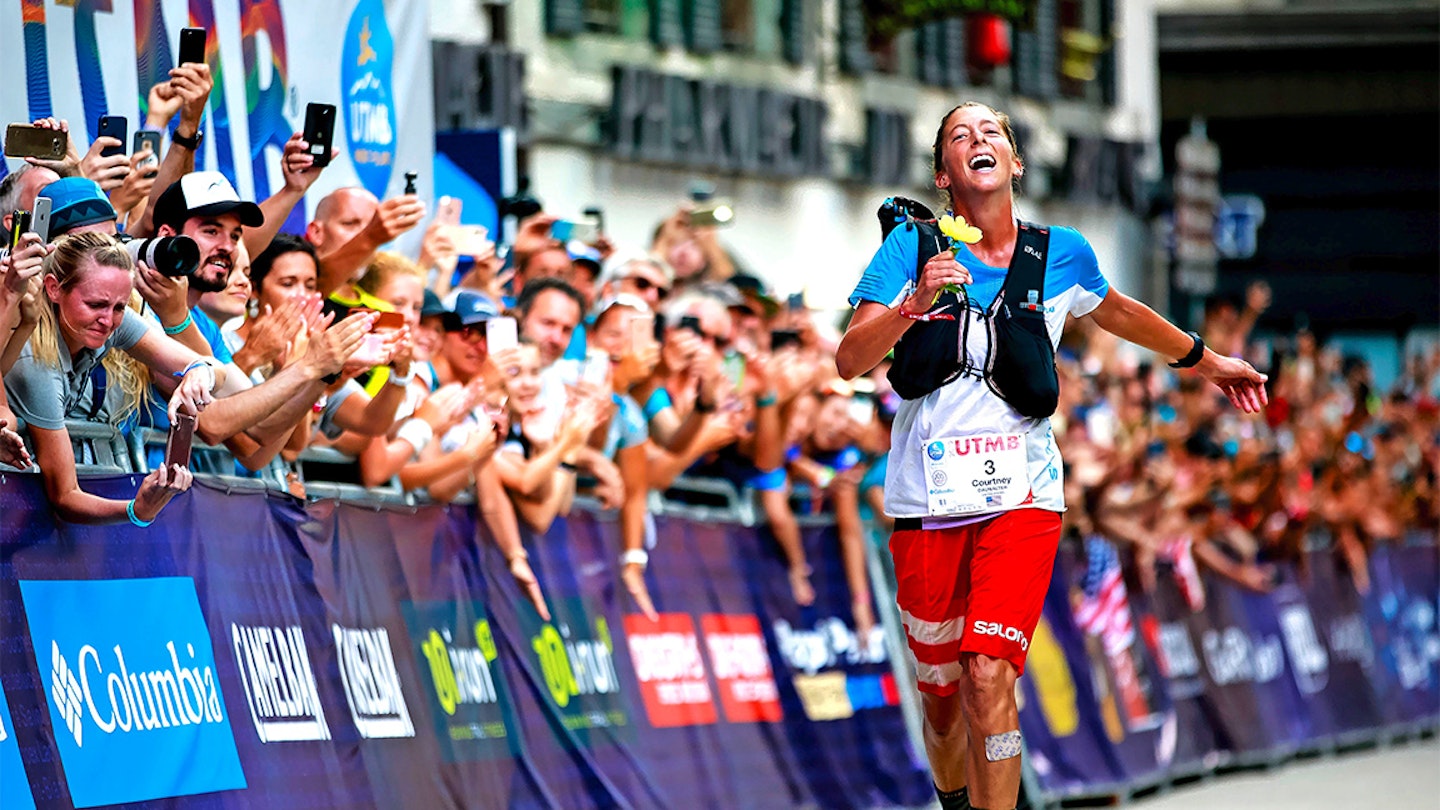
Meanwhile, the current standing UTMB women’s record was set the previous year by American ultra runner Courtney Dauwalter, in a time of 22:30:54. Known for her signature baggy style, Dauwalter more importantly is a record-setting machine, having won iconic races such as the UTMB, Hardrock 100 and Western States 100 several times, simultaneously setting course records. In 2020, Dauwalter won the George Mallory Award for pushing the boundaries of physical human achievement.
What races are in the UTMB World Series?
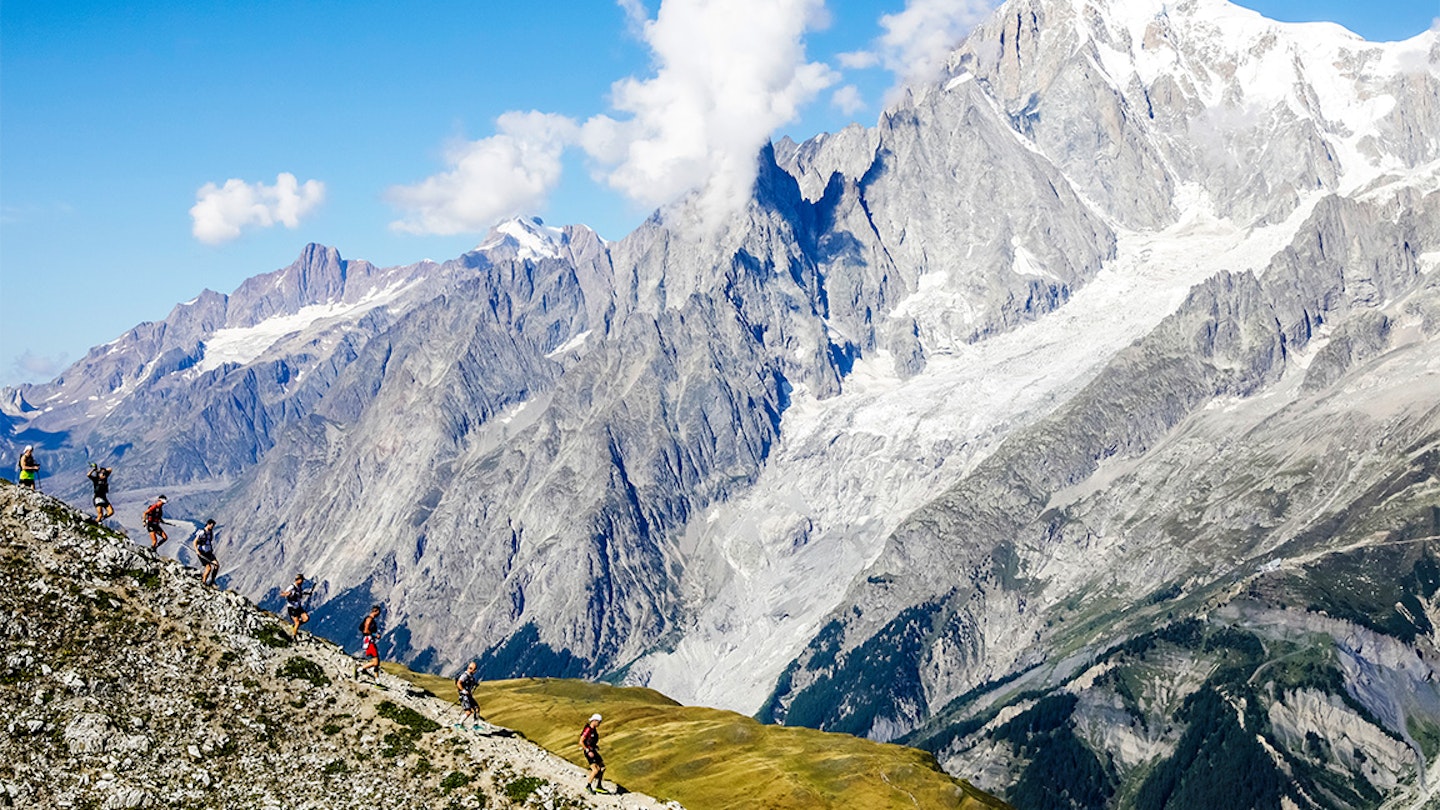
UTMB | Ultra Marathon de Mont Blanc
Distance: 171km
Elevation: 9963m
When: Friday 29th August 2025, 5pm CEST
The iconic UTMB is the flagship event of the series and the most renowned worldwide. It covers a distance of just over 100 miles and with almost 10,000m of elevation, it’s one of the most mountainous events of the series. It’s also the final of the 100-mile category for the wider UTMB series.
The course takes runners on a circuit of Europe’s highest mountain, the majestic Mont Blanc. Athletes will cross through Italy, Switzerland and France throughout the course of the race. The race loop will depart from Chamonix and must see runners return before 46h30m has passed.
CCC | Courmayeur-Champex-Chamonix
Distance: 100km
Elevation: 6156m
When: Friday 29th August 2025, 11am CEST
The CCC first took place in 2006 as a ‘half-loop’ of the main UTMB course. Today it’s one of the most highly regarded 100km ultras in the world and is also the wider UTMB series final of that distance.
Setting off from the Italian alpine town of Courmayeur, runners immediately climb to 2500m altitude to spectacular scenes of the Mont Blanc massif and the Grandes Jorasses. The race crosses three countries with 6000m of elevation, runners coming home to a crowd-packed finish at Chamonix. The cut-off time for the CCC is 26h 30mins.
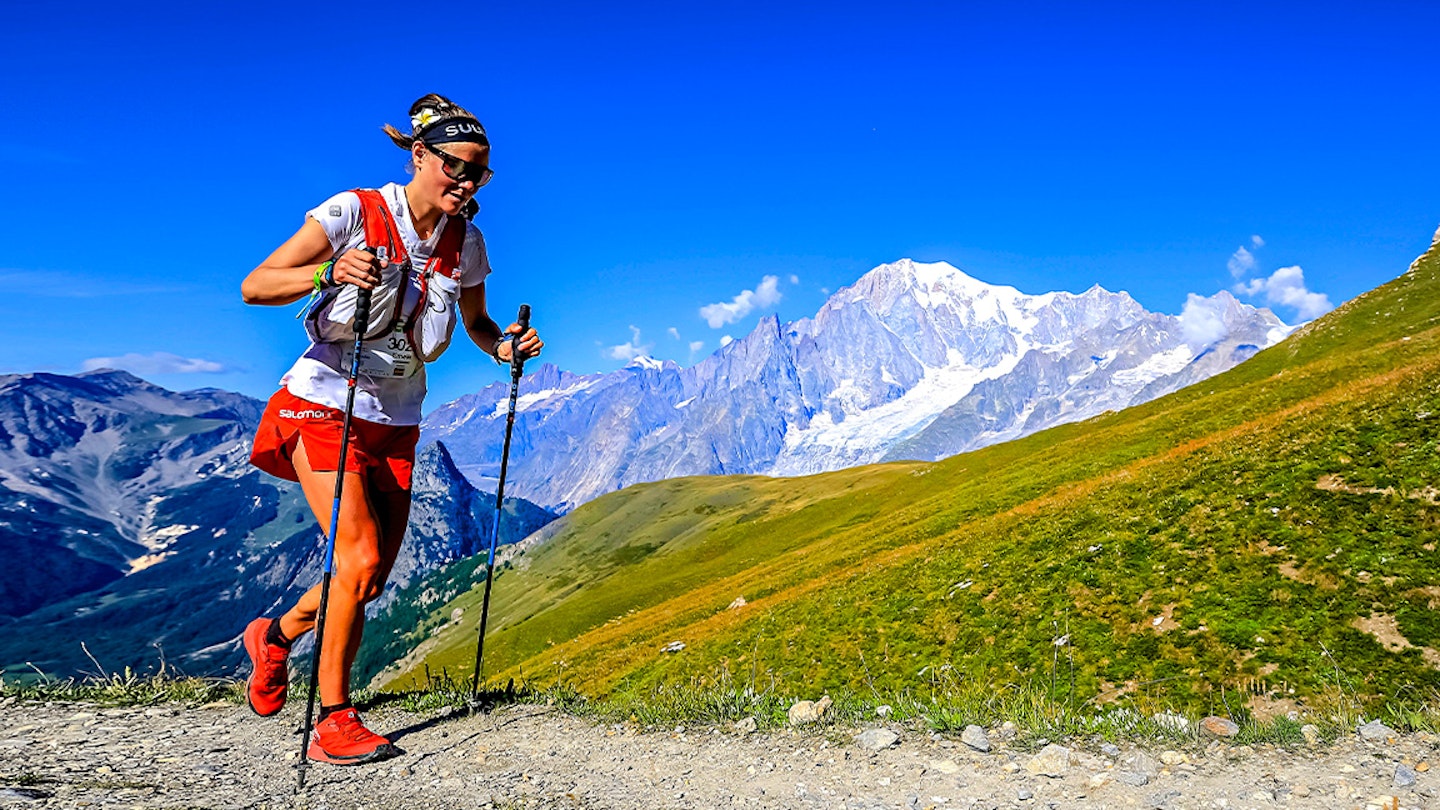
OCC | Orsieres-Champex-Chamonix
Distance: 55km
Elevation: 3425m
When: Thursday, 28th August 2025, 8:15am CEST
Added to the race roster in 2014, the OCC is the series final for the 55km race distance. Setting off from the Swiss municipality of Orsieres (+887m) in the Val d’Entremont, runners will delve into the Swiss valley towards Champex-Lac and Trient before crossing over the border into France. Like the two other headliner races, the OCC enjoys the inspiring finish under the arch at Chamonix. The cut-off time for the OCC is 14h 30mins.
PTL | La Petite Trotte à Léon
Distance: 300km
Elevation: 25,000m
When: Monday 25 August 2025, 8am CEST
The PTL is a non-competitive event for teams of two to three runners. It’s centred around the importance of mountain values and team spirit. The event first took place in 2011 and each year sees a change in direction and route.
The PTL sets off on the very first day of UTMB running festivities on account of the large distance covered, and has a 151h time limit. Those entering must go through an additional selection process to prove their mountain experience as this race requires self-navigation and strong teamwork.
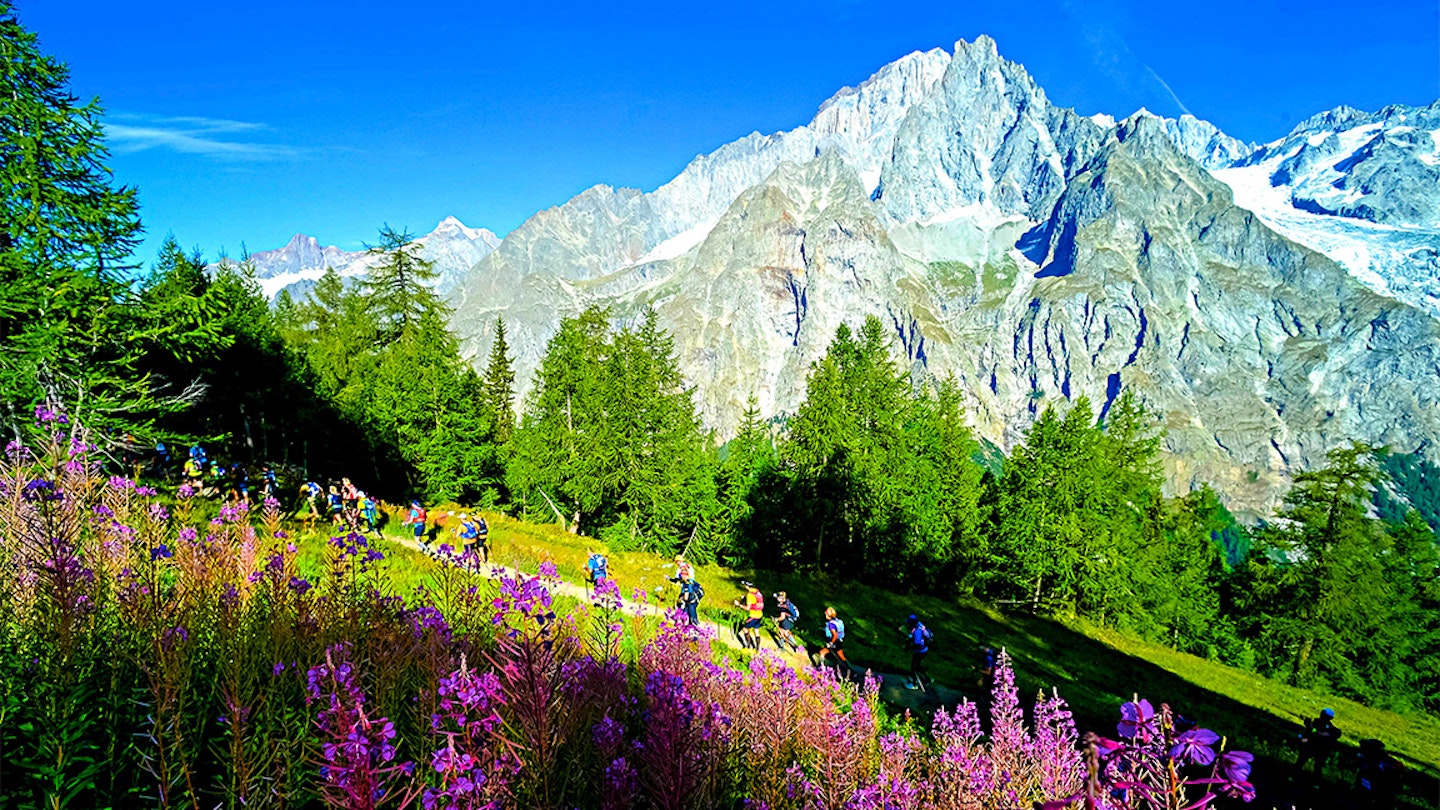
TDS | Sur les Traces des Ducs de Savoie
Distance: 145km
Elevation: 9176m
When: Monday 25 August 2025, 11:50pm CEST
With a midnight start in Courmayeur, the TDS follows the footprints of the Dukes of Savoie linking the Aosta Valley to the Savoie. The route crosses through countless alpine villages surrounding Mont Blanc along technical mountain terrain.
MCC | De Martigny-Combe a Chamonix
Distance: 40km
Elevation: 2300m
When: Monday 25 August 2025, 10am CEST
Setting off from Martingny-Combe in Switzerland, the MCC race travels along 40km of alpine trails. UTMB volunteers, partners and locals to the area have priority when registering for this event. Competitors will be able to appreciate the breathtaking scenery and the iconic finish line in Chamonix.
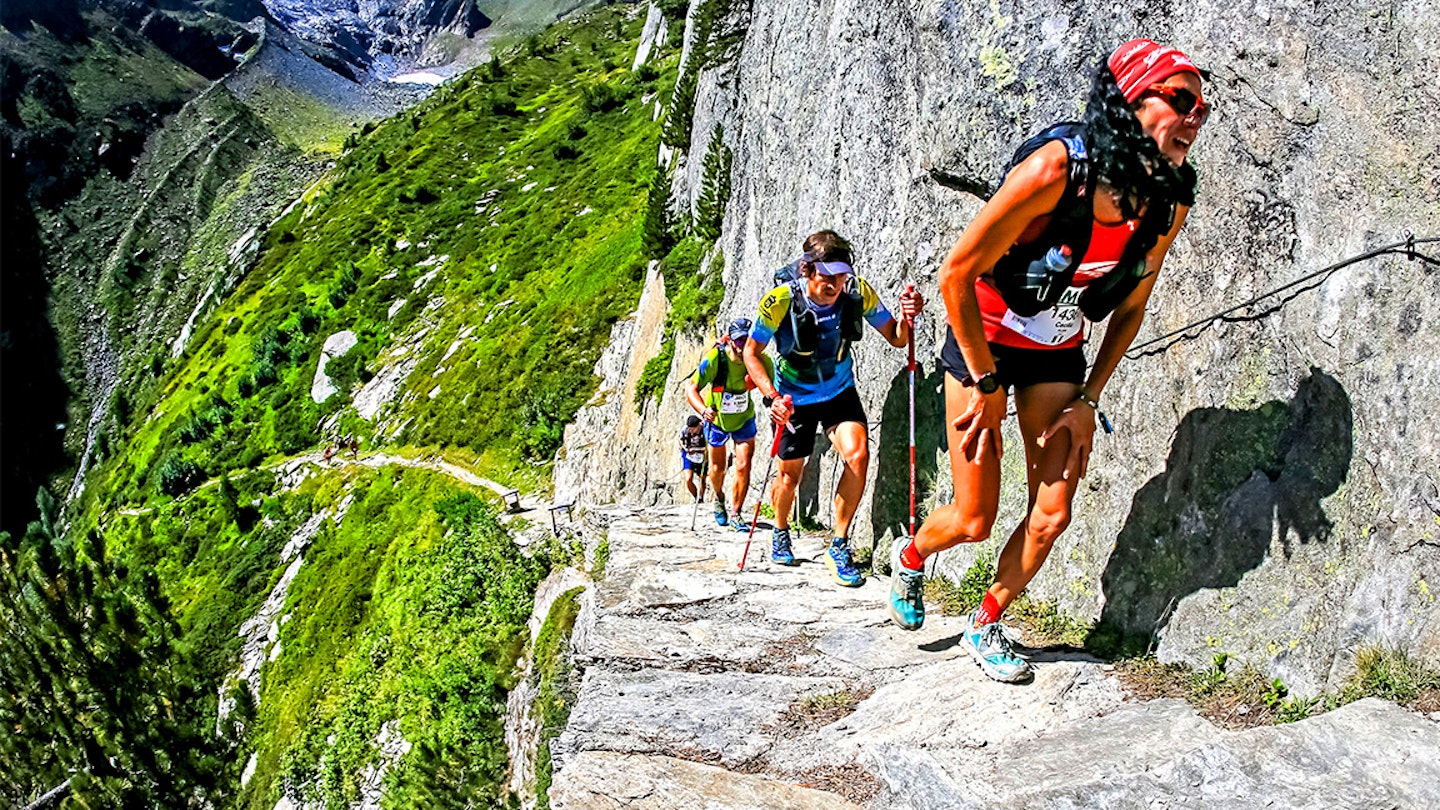
ETC | Experience Trail Courmayeur
Distance: 15km
Elevation: 1200m
When: Tuesday 26 August 2025, 2pm CEST
The ETC is the shortest race of the series and follows a 15km loop in the Italian Alps that starts and finishes at Courmayeur. That’s not to say it’s any less demanding though, with 1200m of elevation and a competitive field each year battling it out at the head of the race.
YCC | Youth Chamonix Courmayeur
Distance: 14km
Elevation: 1100m
When: Tuesday 26 August 2025, 11am CEST
Organised to inspire the next generation of trail runners, the YCC races are for those born between 2001 and 2009. The ‘hybrid format challenge’ involves two races: a trail race in Courmayeur on the Tuesday, and another short race the following day in Chamonix. Placing of the second race will depend on the finish times of the first, with the fastest runners starting last.
How to qualify for the UTMB
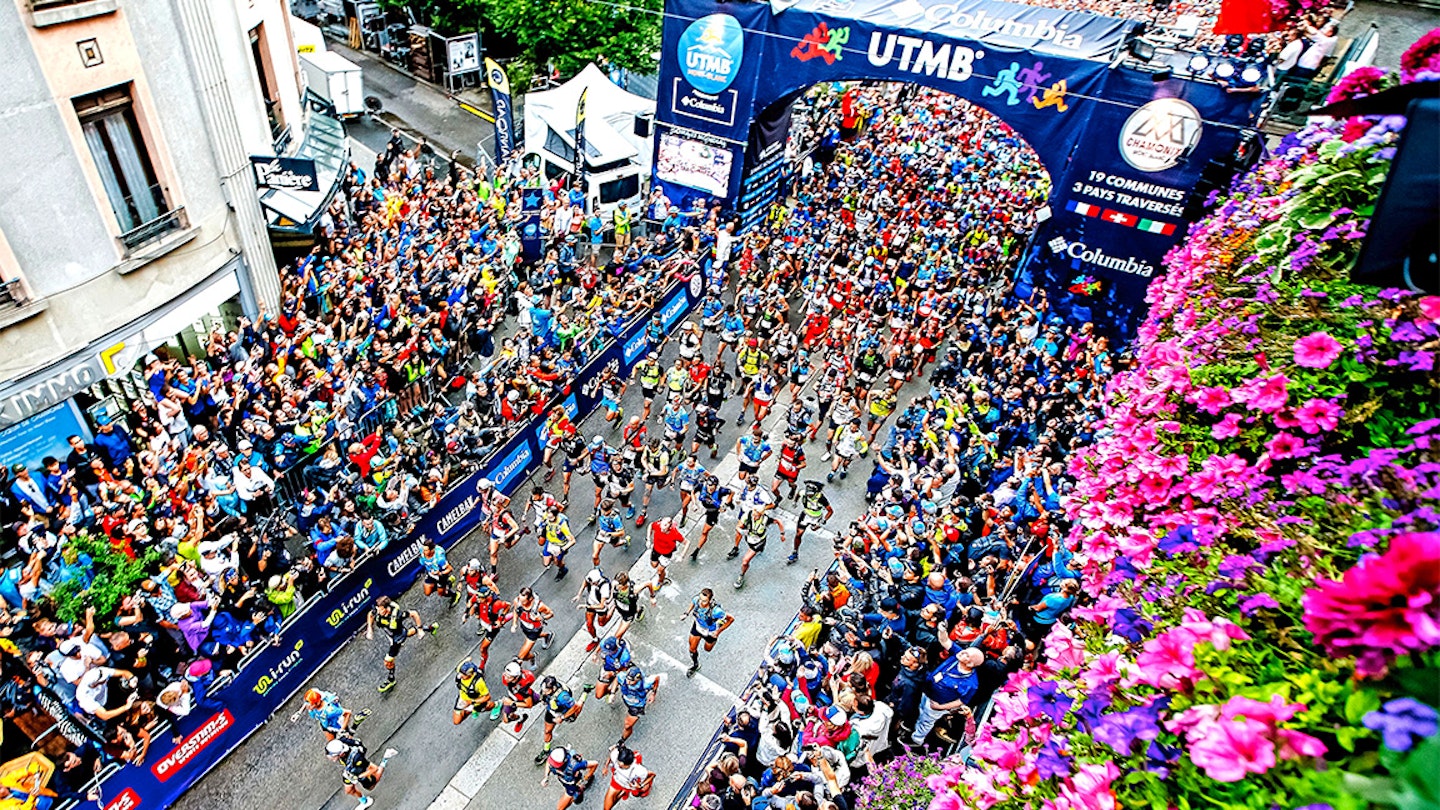
Qualification for the UTMB World Series is notoriously difficult. This is down to the strict qualification requirements which necessitate running an index race of the relevant distance and accumulating ‘running stones’. All of which must be done over the previous two year period ahead of the targeted UTMB Series race.
The races that qualify an athlete to take part are called ‘index races’, a list of over 2,000 of which can be found on the official race website. As you might guess, to qualify for the OCC you must complete an index race of at least 20km, for the CCC it’s at least 50km, and for the UTMB it’s at least 100km or 100 miles.
Once you’ve completed your index race, you’ve also got to accumulate running stones (think of these as points if you will). These are essentially lottery entries for the target UTMB race, so the more stones you have, the more entries. One stone = one entry.
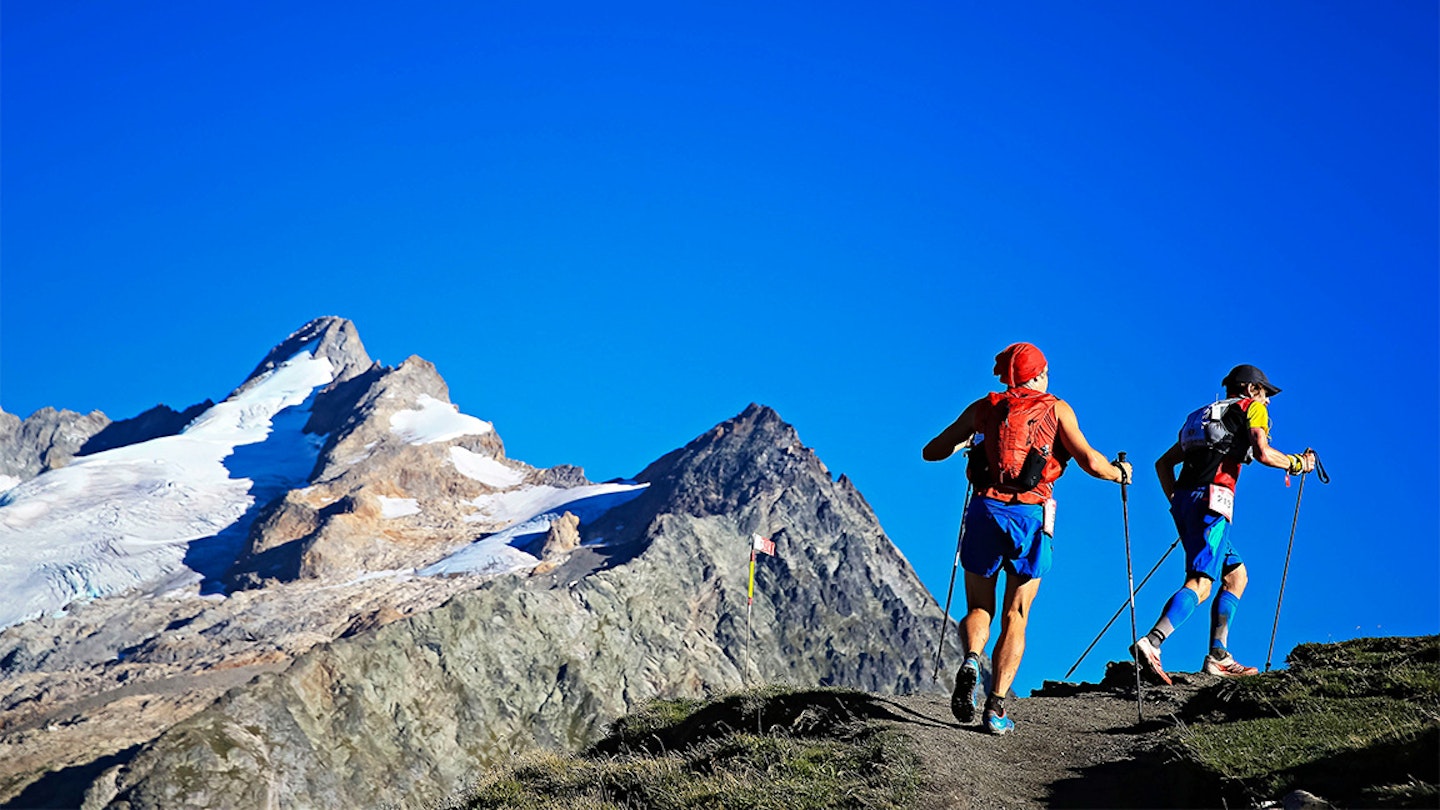
A running stone can only be gained by completing a UTMB branded race, of which there are 36 around the world this year. The longer the race distance, the more stones up for grabs. Naturally, most runners will try to align their index race with gaining running stones towards the lottery entry.
The final twist of qualification is that running stones have no expiration date, the only caveat being that at least one of them must have been acquired within that two-year qualification period. You can only enter one UTMB race, for which you must use all your stones for entry. Simple, right?
Of course, not all runners are subject to this process. Some elite runners and those with priority will have access to registration sidestepping the lottery process. Priority covers those with charity bibs, partners, and roll-overs, while elite runners must qualify within the previous 15 months by finishing in the top three in a UTMB World Series event or top 10 in a World Series Major event.
How much does it cost to enter the UTMB?
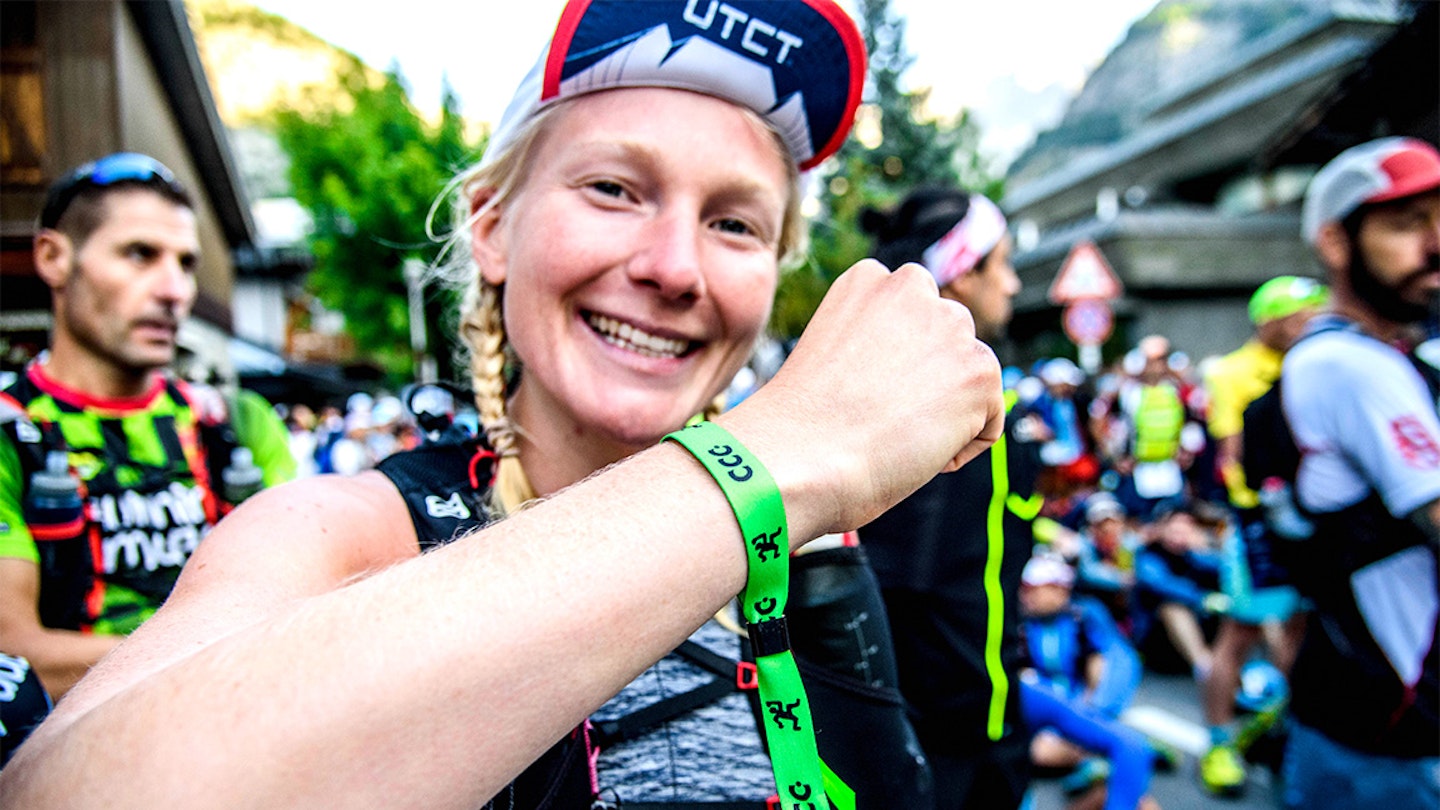
The cost of registration for the UTMB after having secured a race place is €355 excluding admin fees. For the CCC it’s €220 and for the OCC it’s €135.
When calculating the overall price of entering the UTMB, runners must also take into account the cost of being eligible for entering the race place lottery. This includes race entry, transport, and accommodation for the index race and those races needed to build running stones for the lottery.
How can I follow the UTMB?
The UTMB headline race takes place on Friday 1 September, at 6pm CEST local time (5pm BST). The best way to follow the individual athletes themselves is via the UTMB website live stream and the live tracking information garnered from the GPS tracking devices each competitor carries. Once the race commences, the UTMB official race website will provide means to follow these trackers.
To keep up with the highlights of the three headline races - UTMB, OCC and CCC - along with the electrifying race atmosphere in the race village, plug into our Instagram and Facebook pages where we’ll be publishing updates as the week progresses. You can also head over to our Trail Running section for expert running gear reviews and training advice.
Top image credit: Franck Dunouau
